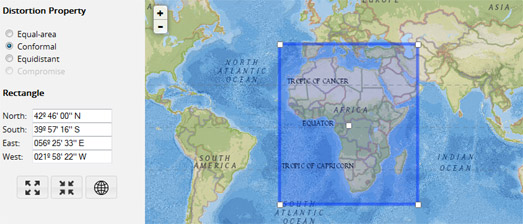Belgium's birds are a lot like New York cabs.
Actually Belgium's birds are nothing like New York cabs - but they do have one thing in common - people can't stop mapping them. In America
Chris Wong's taxi data has proved irresistible to mappers, European mappers however apparently can't get enough of
LiveWatch INBO's Belgium bird data.
At the beginning of the month I posted a round-up of the
Top Five NYC Taxis Maps. Now it's time for the best European bird maps.
 Two Gull Migrations
Two Gull Migrations, by Liz Scott, is an animated map showing the movements of two Lesser Black-backed Gulls (Gull 719 and Gull 623) over one year. Using the map you can follow the migratory patterns of both birds over the course of one year.
Gull 623 seems to have a wider migratory pattern, flying down to Guinea-Bissau for the winter, whereas Gull 719 prefers the milder climes of southern Spain in the winter months.
 LifeWatch's
LifeWatch's own maps have looked at the movements of the tracked birds over shorter time periods.
These maps include an intensity map of Eric, a Lesser Black-backed Gull,
breeding in the colony of Zeebrugge. The map shows Eric's movements over
two months, revealing his most visited locations, including his
frequent day-trips to Bruges.
Using the same data LifeWatch also created
a map showing Eric's paths for every day. In this map Eric's daily flight paths
are colored by day to show how his flight pattern changed over the two
months in question.

Lifewatch has also used
CartoDB's Torque to visualize bird migration patterns over the course of two nights. In a series of animated CartoDB Torque powered maps Lifewatch Inbo has
visualized the flight migration of birds on the nights of April 7-8, 2013.
Using CartoDB to Visualize How Far Birds Migrate in a Single Night
uses data from the ROBIN bird radar detection system to simulate the
trajectory of individual birds from Belgium and the Netherlands. In each of the maps you can view an animated simulation of the birds'
migration based on the birds' airspeed and the wind conditions on the nights in question.

The
EuroBirdPortal
(EBP) is establishing a European wide data repository of bird sightings
in order to model the distribution of different species of birds over
time and space and to establish the migratory patterns of those species.
The EBP has released a demonstration map to visualize the week by week
distributional patterns of 15 species of birds over four years. The map
uses CartoDB's
Torque library to animate the European wide sightings of the 15 species during 2010 to 2013.
The bird sightings map is accompanied by another map which animates
climatic variables, so that you can compare the distribution of the
different bird species to the annual changes in temperature and
precipitation. Press play on the map and you can view an animation of
the bird sightings across Europe for the selected year in the left-hand
map. At the same time you can view an animation of precipitation or
temperature records for the same period on the right-hand map.
















































